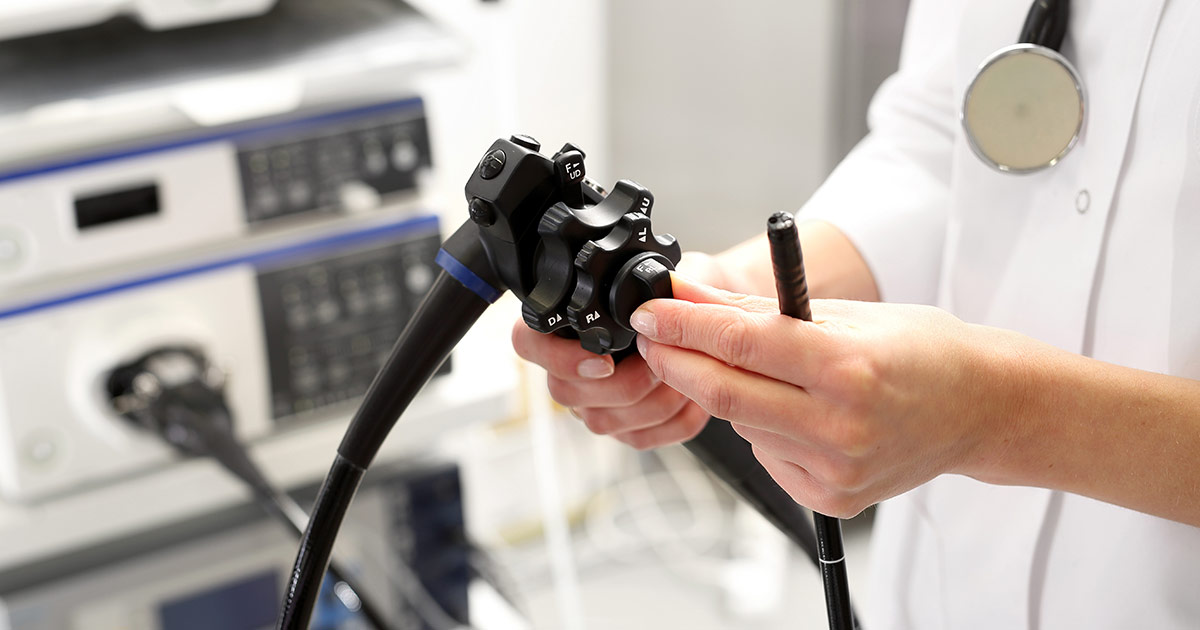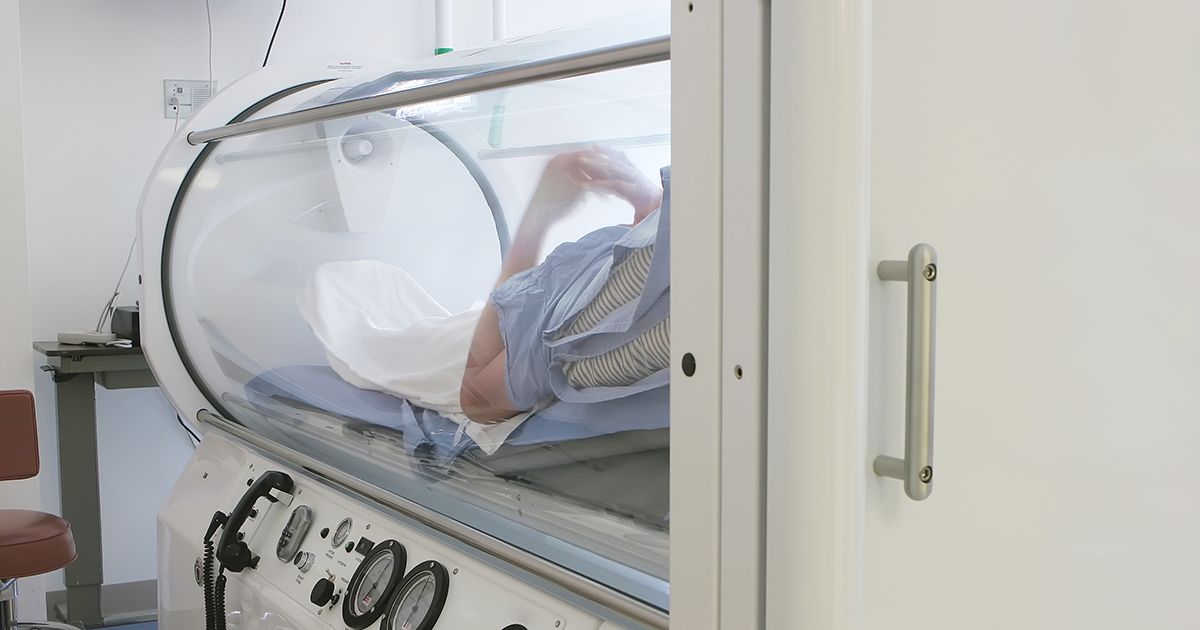Options For Treating Smoke Inhalation
Bronchoscopy

A bronchoscope is a medical device that explores the lung area without the need for surgery. It consists of a thin, flexible, fiber-optic tube with a tiny camera at the end. The tube is passed through the nose or throat and then down into the lungs. Typically, a pulmonologist performs this procedure. A pulmonologist is a doctor trained to treat lung diseases.
A bronchoscopy can clear smoke particles from the lungs and any mucus that may be causing breathing problems. Other secretions formed by dying cells can also be cleared. The procedure can detect signs of developing pneumonia before symptoms appear. Bronchoscopies are also used to evaluate the overall condition of the lungs and determine how much smoke damage there is. This helps physicians to develop an effective treatment plan for each patient. Possible complications from a bronchoscopy include bleeding, collapsed lung, and fever.
Unveil more methods of treating smoke inhalation now.
Hyperbaric Oxygenation

A hyperbaric chamber delivers oxygenation at pressures higher than those experienced at normal atmospheric pressure. This is the same therapy given to divers with decompression sickness, which occurs when divers ascend too fast from depths beyond thirty-three feet. Under the water pressure, nitrogen from divers' tissues is forced into the blood. There it forms bubbles, which cause pain and damage. The condition can be fatal.
Under pressure similar to that of the depth in which the diver was, the hyperbaric chamber forces nitrogen from the blood back into the tissues where it belongs. Hyperbaric oxygenation helps smoke inhalation victims by clearing the blood of carbon monoxide and cyanide faster. Cyanide gas is a common component of certain types of fires. The pressure of the chamber also provides additional oxygenation to the blood, fighting hypoxia. This type of therapy is standard when arterial blood tests show high levels of cyanide and carbon monoxide.
Understand how medications can help treat individuals dealing with smoke inhalation now.
